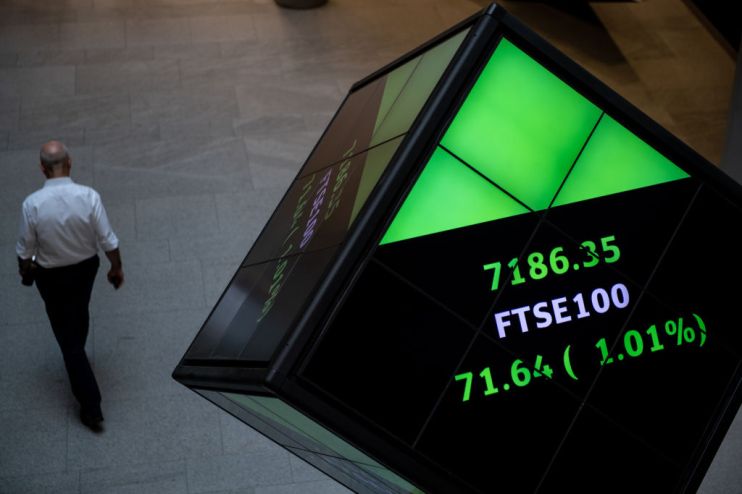Moral hazard: Covid has created a generation of investors with a skewed sense of risk

The financial industry has a penchant for complex terminology. Contango and backwardation, to name two – are designed to describe a particular event or scenario in ‘finance’ speak. Moral hazard is another one. The use of two surprisingly normal words creates an opaqueness that is hard to puncture.
Moral hazard is thrown around a lot. At a high level, moral hazard is when a party enters into a contract without good faith, or has been misleading in its disclosure of its assets or liabilities. It is also when a party has an incentive to take risks it may not otherwise take, without having to bear the full cost of those risks.
For retail investors, there is significant moral hazard driving the investment process. For them, bad news can be good news as it triggers another wave of quantitative easing or further interest rates cuts which stimulate the markets and risk assets. Put another way, fortune favours the brave – the financially conservative or the risk averse are made to look foolish.
For a long time now, interventionist policies favoured American economist Alan Greenspan in the 1990s, has resulted in an investment environment akin to walking a tightrope with a safety net – namely, it does not matter if you fall as the net will catch you. In this scenario, the net takes the form of central banks backstopping the markets with their dry powder of printed money. In fact, not only does this financial net catch you, it takes you up higher than where you were before.
In the context of the recent speculative fever and stock market volatility, this safety net is a cause of concern, as it means that we have a generation of investors whose attitude and approach to risk has been skewed.
With US stock markets recently reaching another all-time high and large technology stocks moving, in certain cases, up 10 percent in a single day, discussions of moral hazard and notes of caution will be lost in the noise. Who cares about prudence when you can make one years’ return in a day? My advice to investors is to create their own safety net as confidence in the markets is exactly that, confidence, and this can be a fickle emotion – strong and powerful one day and callow and nervous the next.
The shock or shocks that can trigger a significant market retrenchment or fall are often very difficult to see or predict and that is what makes them so destructive. In many cases, they start with policy failure and a loss of confidence in the institutions designed to guide and keep us on track, and this is usually compounded by significant speculation. We saw this cause havoc in the 2008 financial crash.
Over the last year, there has been humongous stimulus policies, highly accommodative interest rates from central banks, stretched valuations and speculation on an epic scale – played out on not just the GameStop stage – but also borne out of the uncertainty caused by the global pandemic and what ripples or waves will come from that.
Safety nets take many forms – watch your leverage, diversify, actively manage the risk of your portfolio including cash levels and know how to buy downside protection, be slightly paranoid – think what can go wrong and how would you manage that. We should remind ourselves that the stimulus being pumped into the markets is not happening because everything is rosy, and that the sole role of central banks is not to support our portfolios. This is all about managing your risk.
